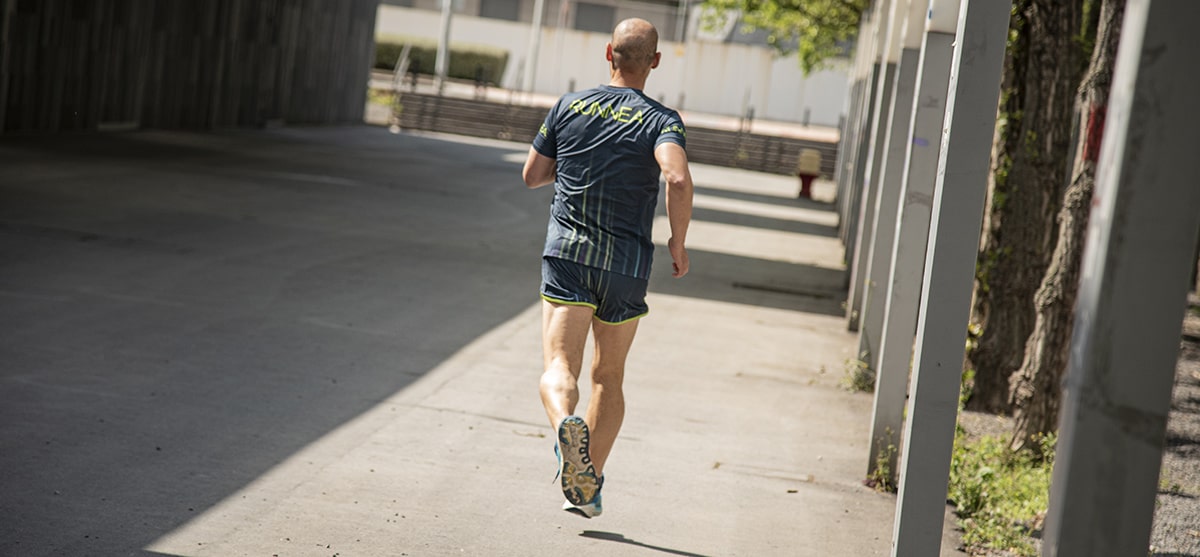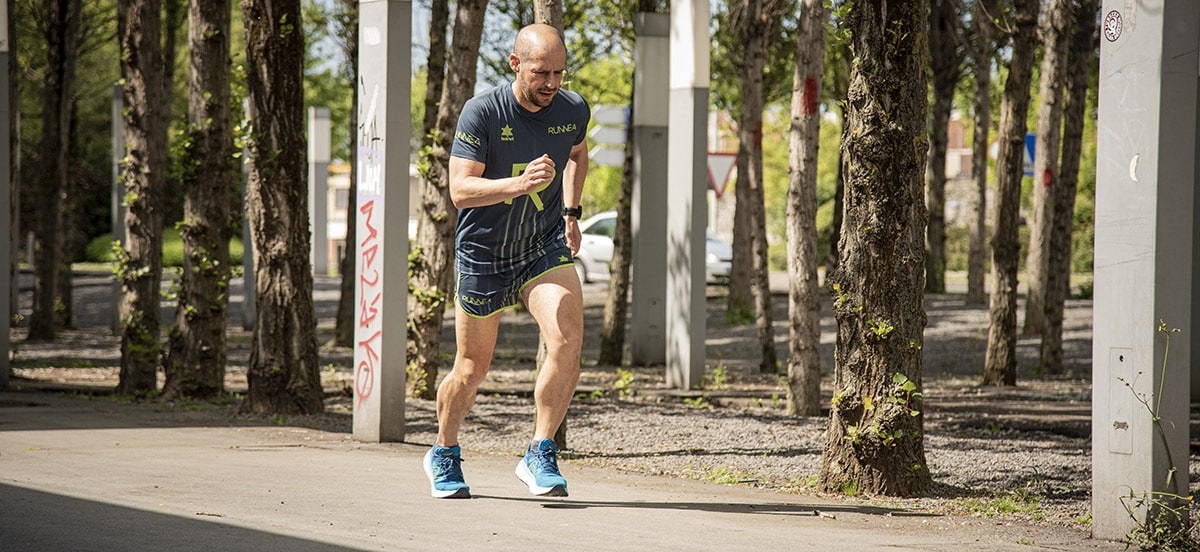Do you have ambitious goals in sight? Are we talking about running a marathon, for example? If so, the strategy to follow is usually focused on preparing for the mythical distance of 42k based on kilometers and kilometers from the first weeks of preparation. However, this may be true, but only to a certain extent. Therefore, the main idea of this post is focused on running faster to run farther, and thus increase your VO2max to improve your personal best. In this sense, remember that in RUNNEA ACADEMY we help you to achieve your goals!
There is no doubt that the longer the distance, the greater the need for weekly and monthly workload volume. However, not infrequently, this mantra is the only one in our preparation and we train excessively at intensities close to those of competition from the initial moments of the season. This can be a way to face a race if our goal is to finish it and we do not follow a specific preparation, although it can also make our sessions become very monotonous after the first few months of training.
Therefore, if your goal is to improve your performance or systematize your practice , what we are going to tell you below will be of interest to you.
Intensity work, and when we talk about intensity we mean sessions close to or above VO2max, will be necessary during your preparation. In the same way, competing in distances shorter than the main objective can help us to test our progress and lay the foundations for future specific work for the target distance.
Thanks to the improvement of maximal oxygen uptake we will be able to run faster in our main competition, at submaximal intensity, without premature fatigue. In other words, not only will we run faster, but we will also tire later.

Is it necessary to run faster at lower intensities?
Beyond the improvement of such an important variable as VO2max by training at high intensities, it is important to note that the ability to run fast, even for a short period of time, is necessary in order to be more efficient in our strides at lower speeds. The ability to generate high peak forces in short periods of time, which is characteristic of high-speed support, can help us improve this parameter at lower intensities.
Do you know what metabolic acidosis is?
On the other hand, working at high intensities is related to the generation of lactate and a decrease in intracellular and blood pH, causing metabolic acidosis. This, rather than being a disadvantage, is something quite important, since it will generate adaptations that will make it possible to rework and increase tolerance to metabolic acidosis at maximum and submaximal intensities.
On the other hand, this metabolic acidosis will help our mitochondria (the body's energy factories) to be more efficient in the generation of energy and therefore, we can run for longer or at a higher intensity without fatigue coming from a depletion of glycogen stores.

Interval training and/or fartleks as a training strategy for improvement
Apart from these purely physiological reasons, the relationship between intensity and duration follows an inversely proportional relationship: the higher the intensity, the shorter the execution time. Therefore, as a general rule, intense training sessions will last less time than running sessions, with the exception of sets. Thus, intervallic workouts, fartleks, etc. may represent an appropriate strategy when we have no more than 45-60 minutes to train.
By way of conclusion we want to qualify two aspects of this post, on the one hand to emphasize the importance of working at intensities above the expected in competition in the preparation of long distances, especially in the period of general preparation. On the other hand, we would like to point out that aerobic work, in the form of continuous running, is a basic part of any program, although the duration of this type of session will increase as the main objective approaches.
Train with RUNNEA ACADEMY to reach your sporting goal
We would also like to take this opportunity to tell you that at RUNNEA we have a practical function that can be very useful for you to be able to configure each of your running sessions. Through the time calculator you will have at your disposal the split times of each interval and the split times per kilometer, as well as the complete sum of all the intervals.
The steps to follow are:
- Fill in two of the three fields for each interval and we will calculate the third one.
- Insert up to 20 intervals (added intervals can be sorted or deleted).
- Insert a group of intervals to which you can assign a number of repetitions (within that group, the intervals can be sorted or deleted).
Now that we're getting started, we can't end this post about continuing to improve and progress in your training, with the idea of running faster to run farther, with a direct invitation to try the individualized training plans of RUNNEA ACADEMY.
You may beinterested in: How do we assess the initial state of our athletes at RUNNEA ACADEMY?
Our premise is that no 2 people are alike and no 2 training plans are alike. The combination of the power of artificial intelligence with human knowledge leads us to enhance the concept of individualization. Therefore, in RUNNEA ACADEMY you have the possibility to prepare all kinds of distances 5k, 10k, half marathon and / or marathon. Each of these plans is adapted to your needs, but based on your current fitness level.
Thanks to weekly feedback and data collected from each of your workouts, this individual plan will be adjusted to what you need each week, but always with the idea of progressing properly to reach your key day in the best possible shape and keeping possible injuries at bay. At RUNNEA ACADEMY we have already helped more than 50,000 runners to reach their goals! Want to try it? Activate your FREE month!
Read more news about: Running Training





























